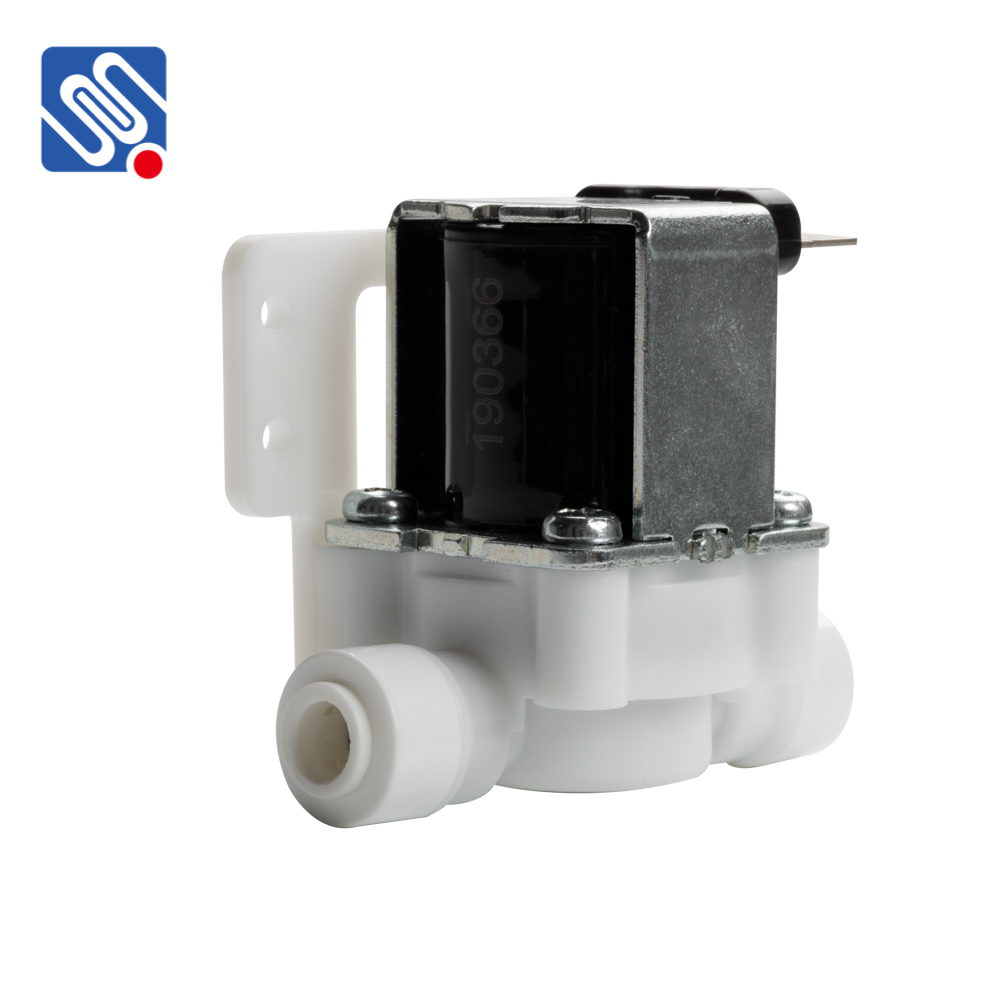Reverse osmosis (RO) is a widely used water filtration process that removes impurities and contaminants from water, making it suitable for drinking, industrial, and other applications. A critical component in an RO system is the solenoid valve, which plays a pivotal role in regulating water flow, ensuring that the system operates efficiently and effectively. In this article, we will explore the importance of the Reverse Osmosis Solenoid Valve, its function, how it works, and why it is essential for maintaining a high-quality water filtration system.

What is a Reverse Osmosis Solenoid Valve? A solenoid valve is an electromechanical device that controls the flow of water in various systems, including reverse osmosis filtration systems. It consists of a coil, a plunger, and a valve body, with the coil being energized or de-energized to control the movement of the plunger, which in turn opens or closes the valve. The Reverse Osmosis Solenoid Valve specifically functions to regulate the flow of water through the RO membrane and other components, ensuring that the filtration process works as intended. How Does a Reverse Osmosis Solenoid Valve Work?